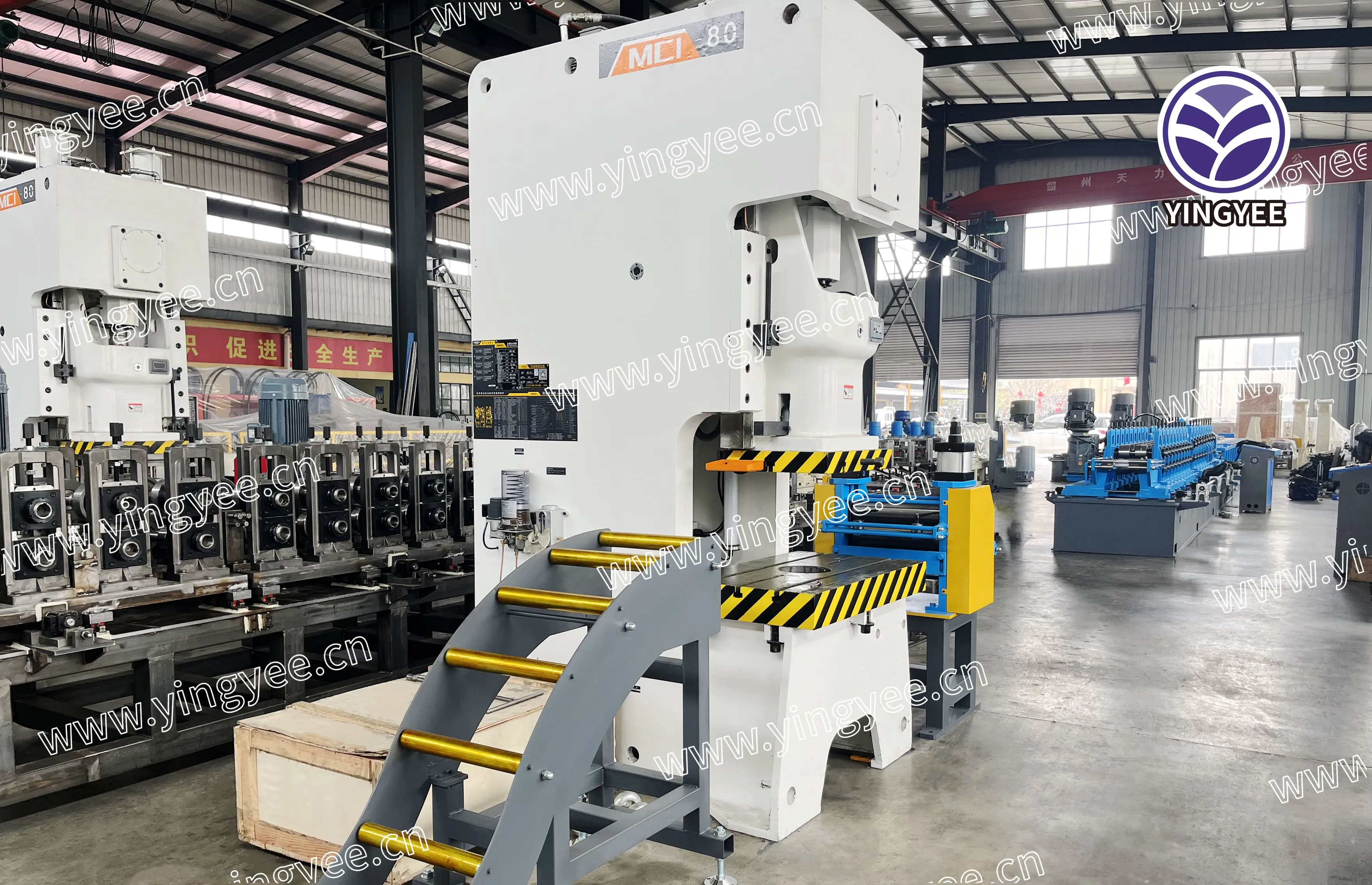
Rack and Roll Forming A Comprehensive Overview
Rack and roll forming is a specialized manufacturing process utilized to create complex shapes and structures from metal sheets or coils. This technique is essential for producing components that require precise dimensions and excellent material properties, making it a popular choice in various industries, including automotive, construction, and storage solutions. In this article, we will explore the intricacies of rack and roll forming, its applications, and its advantages.
The Process of Rack and Roll Forming
Rack and roll forming begins with a flat sheet or coil of metal, which is fed into a series of rollers that shape the material through a continuous process. These rollers are strategically designed to gradually bend and form the metal into a predetermined profile. The process typically involves several stages, including pre-processing, forming, and finishing.
1. Pre-Processing The raw material is first cleaned and cut to size. Depending on the material's characteristics, it may undergo treatments such as galvanization or annealing to enhance its properties and prepare it for forming.
2. Forming During the forming stage, the metal is passed through a series of rollers. Each roller imparts a specific bend or curvature to the material, gradually transforming it from a flat sheet into a complex profile. This stage is highly precise, allowing manufacturers to produce intricate designs that meet strict tolerances.
3. Finishing Once the forming is complete, the finished product may undergo additional processes, such as cutting, punching, or welding, to create final components ready for assembly. These finishing touches ensure that the product meets the desired specifications and functionality.
Applications of Rack and Roll Forming
Rack and roll forming is utilized in various applications, demonstrating its versatility and effectiveness. Some common applications include

- Storage Racks The formation of structural components for storage racks is a primary application. These racks are essential in warehouses, retail spaces, and manufacturing facilities for organizing goods efficiently. The ability to customize shapes and sizes makes rack and roll forming ideal for creating racks that fit specific storage needs.
- Automotive Components The automotive industry relies on rack and roll forming for producing parts such as chassis components, brackets, and support structures. The high strength-to-weight ratio achieved through this process is vital for enhancing vehicle performance and safety.
- Building Frameworks Construction companies utilize rack and roll forming for creating framework elements in buildings. This includes metal studs, tracks, and other structural components used in commercial and residential buildings.
Advantages of Rack and Roll Forming
The rack and roll forming process offers numerous advantages, making it a preferred choice in many manufacturing scenarios
- Cost-Effectiveness Rack and roll forming minimizes material waste and reduces labor costs due to its high efficiency. The continuous nature of the process allows for high volume production without the need for extensive manual labor.
- Precision and Consistency The design of the rollers ensures that each piece produced is consistent and meets exact specifications. This precision is crucial for applications where component interchangeability is necessary.
- Strength and Durability The forming process enhances the material's strength through cold working, leading to products that can withstand demanding conditions. This is particularly important for industries where structural integrity is paramount.
In conclusion, rack and roll forming stands out as a highly efficient and versatile manufacturing method. By transforming flat metal sheets into complex shapes, it meets the diverse needs of industries ranging from storage solutions to automotive components. The advantages of this process, including cost-effectiveness, precision, and strength, make it an indispensable technique in modern manufacturing. As technology advances, we can expect further innovations in rack and roll forming, promising even greater efficiency and customization options for future applications.